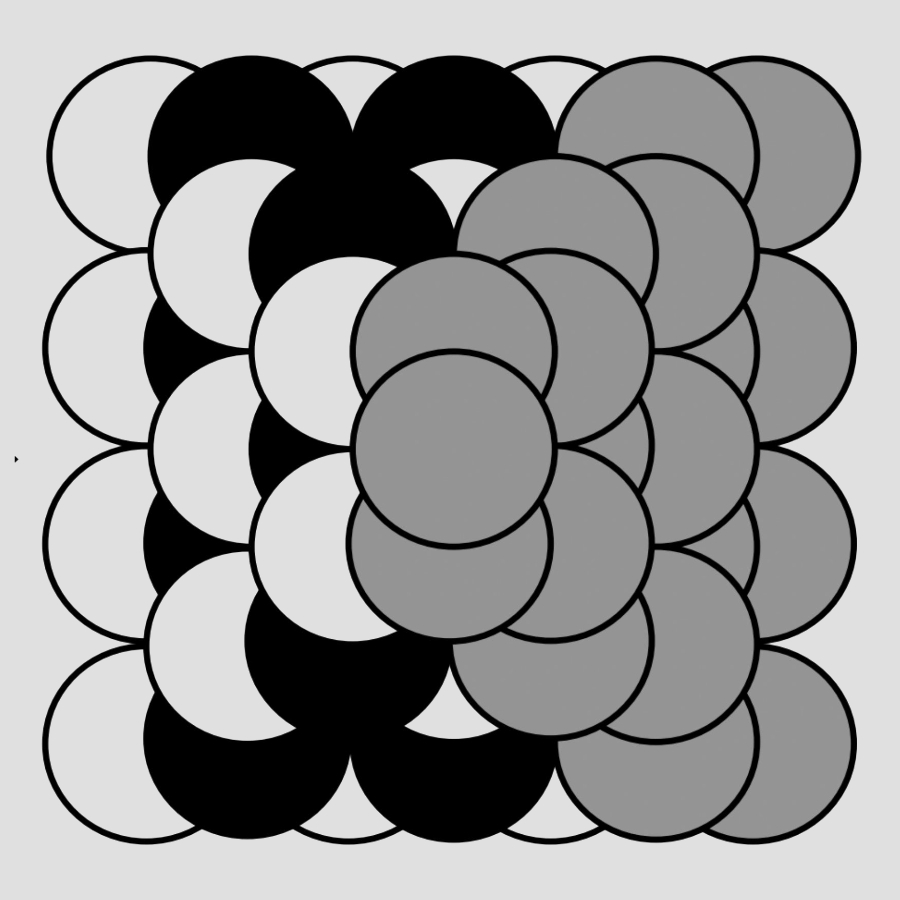















Algebra of melting crystals
String theory
Certain states in quantum field theories are described by the geometry and algebra of melting crystals via properties of partition functions.
Crystal melting, BPS quivers and plethystics
We study the refined and unrefined crystal/BPS partition functions of D6-D2-D0 brane bound states for all toric Calabi-Yau threefolds without compact 4-cycles and some non-toric examples. They can be written as products of (generalized) MacMahon functions. We check our expressions and use them as vacuum characters to study the gluings. We then consider the wall crossings and discuss possible crystal descriptions for different chambers. We also express the partition functions in terms of plethystic exponentials. For ℂ3 and tripled affine quivers, we find their connections to nilpotent Kac polynomials. Similarly, the partition functions of D4-D2-D0 brane bound states can be obtained by replacing the (generalized) MacMahon functions with the inverse of (generalized) Euler functions.